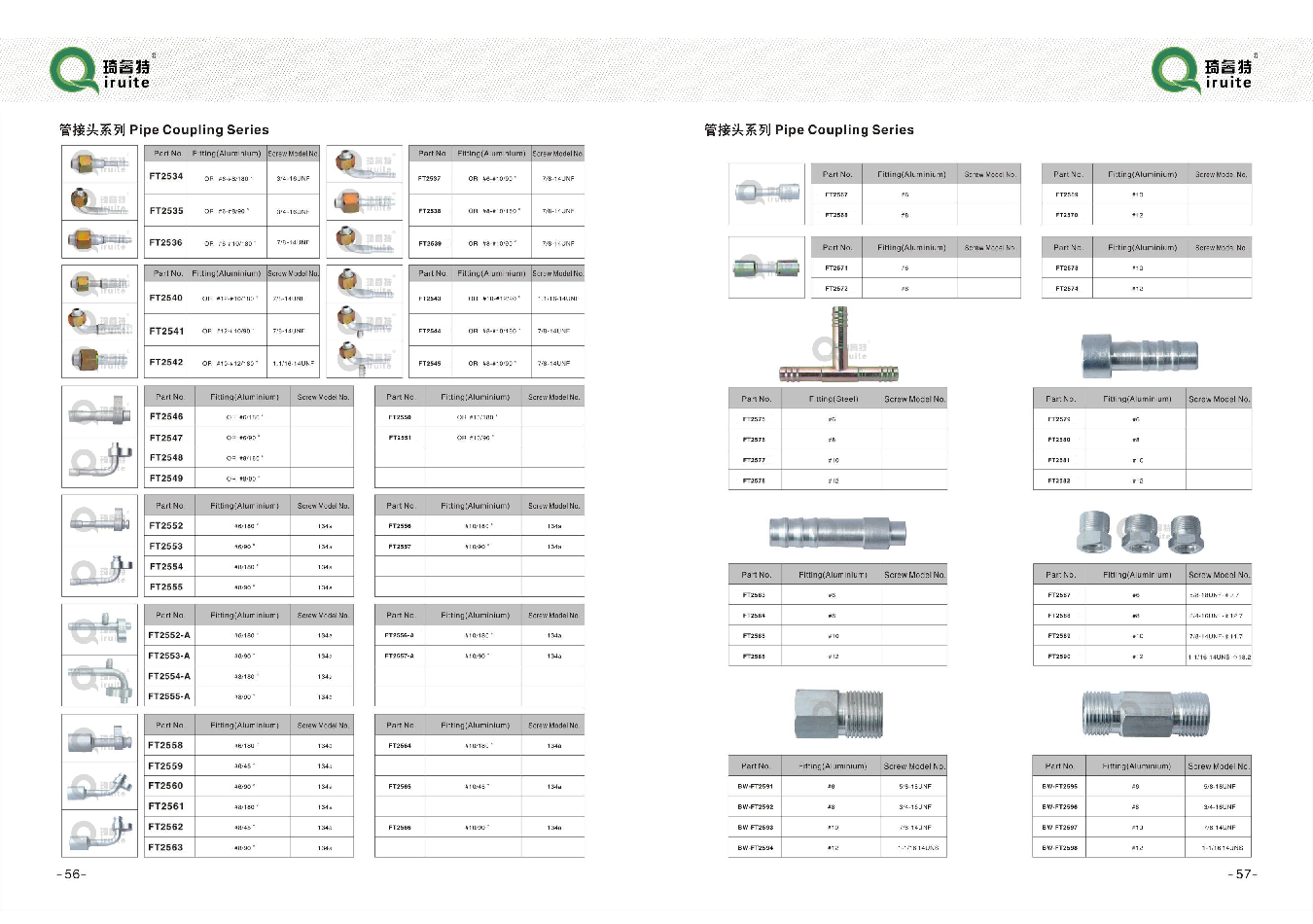sprinkler pipe coupling
Understanding Sprinkler Pipe Couplings An Essential Component for Irrigation Systems
In the realm of irrigation systems, particularly in agricultural and landscaping applications, the efficiency of water distribution relies heavily on the interconnectivity of various components. One essential element that facilitates this connectivity is the sprinkler pipe coupling. Understanding what couplings are, their types, applications, and installation procedures can significantly enhance the performance and longevity of irrigation systems.
What are Sprinkler Pipe Couplings?
Sprinkler pipe couplings are fittings designed to connect two lengths of pipe together, ensuring a seamless flow of water from one section to another. They serve as an intermediary between different segments of an irrigation system, allowing for the smooth transfer of water to various parts of a garden, lawn, or agricultural field. Couplings are available in various materials, sizes, and designs, making them adaptable for different system requirements.
Types of Sprinkler Pipe Couplings
1. Compression Couplings These are among the most common types used in irrigation systems. They consist of a compression nut and ring that secure the pipes together. Compression couplings are ideal for PVC and polyethylene pipes due to their ease of installation and ability to create a watertight seal.
2. Slip Couplings Slip couplings are designed to connect two pieces of pipe together without any additional fasteners. They slide over the ends of the pipes and are easy to use, making them a popular choice for DIY irrigation projects. However, they require precise measurements to ensure a snug fit.
3. Threaded Couplings These couplings have male and female threads that screw onto each other. They are often used in metal piping systems and can provide a very secure connection. However, their dependence on precise threading can make them less forgiving in terms of installation.
4. Barb Couplings Ideal for flexible tubing, barb couplings have ridges that grip the pipe as a clamp is tightened around them. This type is particularly useful when connecting hoses to sprinkler heads or other fittings.
5. Teflon Couplings These are specialized couplings that incorporate Teflon tape or other materials to ensure an airtight and watertight seal. They are particularly advantageous in high-pressure applications.
Applications of Sprinkler Pipe Couplings
sprinkler pipe coupling

Sprinkler pipe couplings are integral to various irrigation applications ranging from residential gardens to large-scale agricultural farms. They are used to connect main lines to lateral lines or to repair broken pipes that may have occurred due to wear and tear or environmental factors. Additionally, couplings are essential in retrofitting existing systems to accommodate changes in landscaping or crop layouts. Their versatility allows for extensive customization of irrigation systems.
Installation Procedures
Proper installation of sprinkler pipe couplings ensures optimal performance and reduces the risk of leaks. Here’s a basic guideline for installation
1. Preparation Ensure all parts are clean and free from dirt. Cut the pipe ends to be connected cleanly using a pipe cutter.
2. Dry Fit Before securing the coupling, dry fit the pipes together to ensure a proper fit. Check the alignment of the pipes and the type of coupling being used.
3. Apply Sealant If using threaded couplings, apply Teflon tape or pipe sealant to the threads before tightening. This step is crucial for preventing leaks.
4. Secure the Connection For compression couplings, tighten the nuts by hand and finish with a wrench to ensure they are snug but not over-tightened. For barb couplings, ensure the clamp is securely fastened to avoid leaks.
5. Test the System Once installed, turn the water on and check for any leaks. It may be necessary to make adjustments if any issues arise.
Conclusion
Sprinkler pipe couplings are an essential element of any irrigation system, crucial for ensuring a reliable and efficient water flow. With various types available, understanding their applications and installation procedures can empower users to maintain and optimize their irrigation setups effectively. As water conservation remains a critical concern, ensuring that every component of an irrigation system functions correctly will help achieve better results in landscaping and agriculture alike.
-
Ultimate Spiral Protection for Hoses & CablesNewsJun.26,2025
-
The Ultimate Quick-Connect Solutions for Every NeedNewsJun.26,2025
-
SAE J1401 Brake Hose: Reliable Choice for Safe BrakingNewsJun.26,2025
-
Reliable J2064 A/C Hoses for Real-World Cooling NeedsNewsJun.26,2025
-
Heavy-Duty Sewer Jetting Hoses Built to LastNewsJun.26,2025
-
Fix Power Steering Tube Leaks Fast – Durable & Affordable SolutionNewsJun.26,2025

